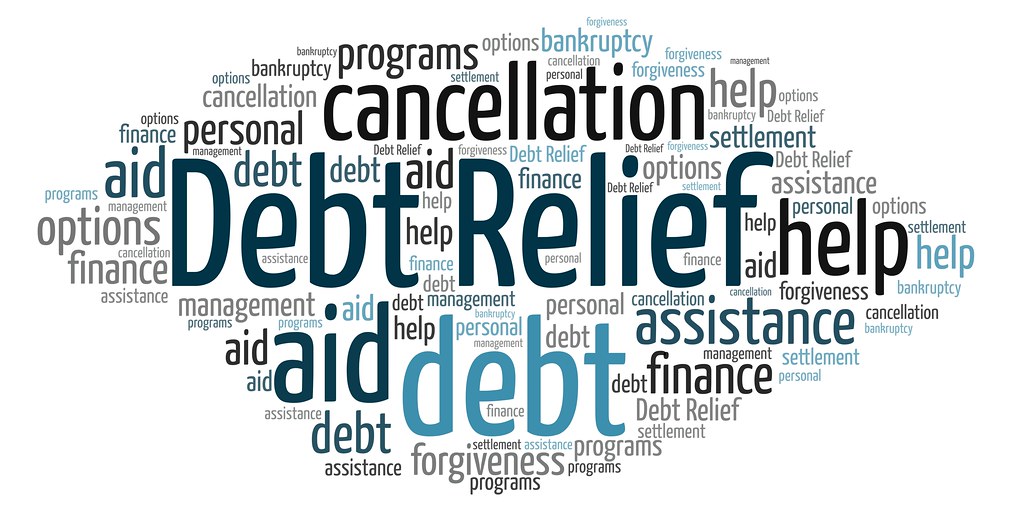In today’s fast-paced world, many individuals find themselves trapped in a cycle of debt, struggling to make ends meet and feeling overwhelmed by financial stress. If you’re facing mounting debt and unsure of how to break free from its grasp, debt resolution offers a pathway to financial freedom.
Debt resolution encompasses a range of strategies and programs designed to help individuals manage and reduce their debt, ultimately paving the way for a brighter financial future.
In this comprehensive guide, we’ll explore the journey to debt resolution, including the steps involved, the benefits of debt resolution, and how to embark on the path towards financial freedom.
Contents
Understanding Debt Resolution
Debt resolution, also known as debt relief programs or debt management, is the process of addressing and resolving outstanding debts in a strategic and systematic manner. This may involve negotiating with creditors to reduce the total amount owed, consolidating debts into a single payment, or creating a structured repayment plan to gradually eliminate debt over time. Debt resolution aims to provide relief from the burden of debt, empower individuals to take control of their finances, and pave the way towards a debt-free future.
The Steps to Debt Resolution
Achieving debt resolution involves several key steps that individuals can take to address their financial challenges and work towards a debt-free life:
1. Assess Your Financial Situation
The first step in debt resolution is to assess your financial situation honestly and accurately. Take stock of your debts, including outstanding balances, interest rates, and monthly payments, as well as your income, expenses, and assets.
2. Set Clear Goals
Establish clear and achievable goals for debt resolution, such as paying off a certain amount of debt within a specific timeframe or reducing your overall debt burden by a certain percentage.
3. Explore Debt Resolution Options
Research and explore the various debt resolution options available to you, such as debt consolidation, debt settlement, credit counseling, or bankruptcy. Each option has its advantages and considerations, so it’s essential to choose the one that best aligns with your financial goals and circumstances.
4. Develop a Debt Resolution Plan
Once you’ve chosen a debt resolution strategy, develop a detailed plan outlining how you will achieve your goals. This may involve negotiating with creditors, consolidating debts into a single payment, or following a structured repayment plan.
5. Implement Your Plan
Put your debt resolution plan into action by making timely payments, negotiating with creditors, and staying committed to your financial goals. Monitor your progress regularly and make adjustments to your plan as needed to stay on track towards debt resolution.
The Benefits of Debt Resolution
Debt resolution offers numerous benefits for individuals seeking relief from overwhelming debt and a path towards financial freedom:
1. Reduced Stress and Anxiety
By addressing and resolving outstanding debts, debt resolution can help alleviate the stress and anxiety associated with financial uncertainty, allowing individuals to regain peace of mind and focus on their long-term goals.
2. Improved Financial Health
Debt resolution can improve your overall financial health by reducing debt burdens, lowering interest rates, and establishing a clear pathway towards debt-free living.
3. Increased Financial Literacy
Engaging in the debt resolution process can increase your financial literacy and empower you to make informed decisions about your finances, setting the stage for long-term financial success.
4. Enhanced Creditworthiness
While debt resolution may initially have a negative impact on your credit score, successfully resolving debts can ultimately improve your creditworthiness over time, making it easier to access credit and secure favorable terms in the future.
Conclusion
In conclusion, debt resolution offers a pathway to financial freedom for individuals struggling with overwhelming debt. By assessing your financial situation, setting clear goals, exploring debt resolution options, and implementing a strategic plan, you can take control of your finances and pave the way towards a debt-free future.
If you’re ready to break free from the cycle of debt and embark on the journey to financial freedom, now is the time to take action. Reach out to a reputable debt resolution provider or financial advisor to explore your options and take the first step towards a brighter financial future.
